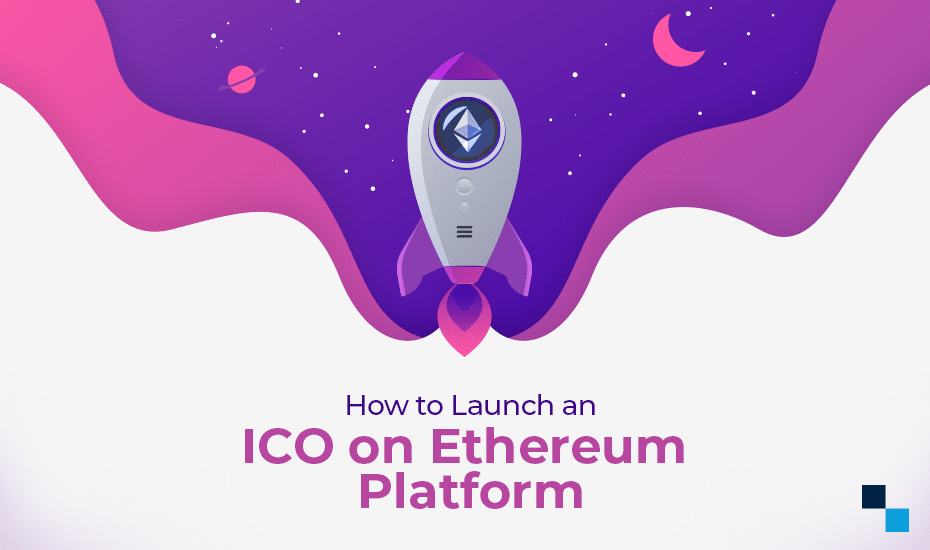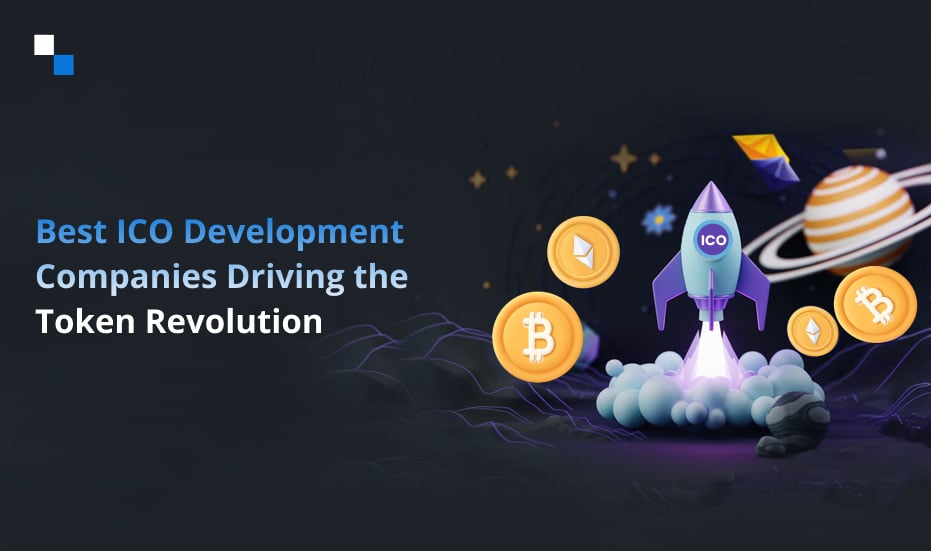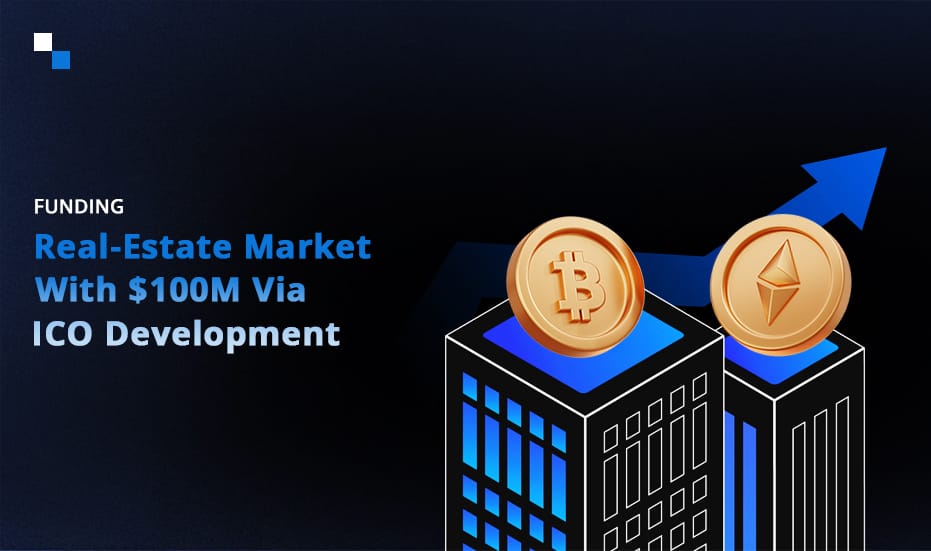ICO is a method to raise funds to support a new project through the use of cryptocurrencies. It is a mechanism that allows a company to seek global investors without letting out control of the business to them. The methods of raising funds are private ICOs or crowdfunding in which payments are generally made in Bitcoin, Ethereum or fiat currencies against the issue of coins or tokens.
If you are wondering how to launch an ICO on Ethereum platform, first and foremost a token has to be created and standard protocols have to be defined which will illustrate the rules and regulations for issuing the tokens. ERC20 is a widely used standard for an open-source, blockchain-based computing platform of Ethereum. Thus, the Ethereum smart contract is built for issuing and creating digital tokens.
So, now let us walk you through the process of setting up a coin using the Ethereum blockchain platform.
The Specifications
For launching an ICO, first and foremost technical milestones need to be addressed. An effective business plan idea needs to be developed which will be describing how the collected funds will be utilized in the future. A well-written white paper goes along mentioning the product specifications and further a thorough testing is done to proceed to the development stage. After creating a landing page for ICO and setting up a marketing campaign for the same, you are all set to go.
Steps for creating an ERC20 token on Ethereum Platform
To start on Ethereum, firstly a token has to be created; you need to identify the token name, symbol and if it allows decimal fractions. There is also a need to settle down on how many tokens will exist in totality, as instance 21 million Bitcoins will exist.
Following parameters need to be considered to kick start an ICO:
- Start date and End date of ICO
- Minimum and maximum cap on issuance
- Currency in which they will be expressed
- Development of construction parameter which will adjust how fast a block can be mined
- Measurement of gas which signifies how much work is required by someone to verify a transaction
Now let’s say you have fulfilled all the requirements for launching a token and customization of ICO does not only end at defining its period. You may also be concerned about the security due to many hacks happening in the crypto markets. For this, you may apply various codes which will freeze the contracts of clients in case of an emergency. For customization, you may refer to many other possibilities as well. Below mentioned are a few ideas:
- Tokens can be accessed quickly after a transaction or after the ICO ends
- The ICO can be preceded by a closed pre-sale for invited people
- The ICO can offer a bonus scheme for early buyers
- Raised funds may be returned if the goal is not met
- Funds raised during the ICO may be released under particular circumstances
- Raised ether may be stored in the contract or transferred quickly to some wallet
Final Implementation
Before finally launching an ICO, there is a need to make sure that no code goes untested as once it has been launched, it is final. There are plenty of strategies to make changes in the contract but it will decrease the trust of the community in the coins listed on an exchange. In smart contract development, code reviews are crucial parts. Each line of code has to be checked by its peer before committing to the repository. The analysis helps in discovering incorrect implementation and any inconsistent contract behavior.
The different components required for developing a basic Ethereum smart contract that represents a coin are:
- Ethereum Address
- Some Ethereum
- Solidity as a programming language
- A framework as a testing and building tool
- JavaScript as the programming for unit tests
- A text editor
By now, you must have got an idea of how to Create an ICO on Ethereum platform. For technical assistance, you can look for a professional company that can guide you through the ICO process – from white paper creation, token development to landing page design.





